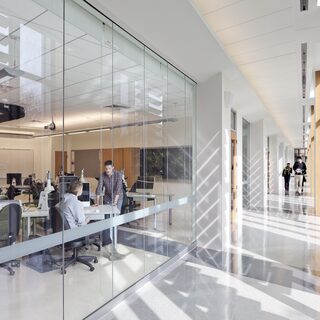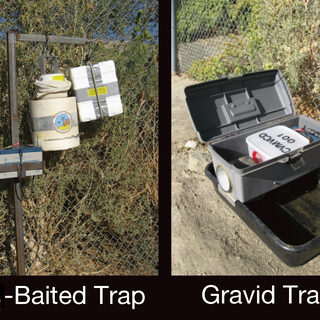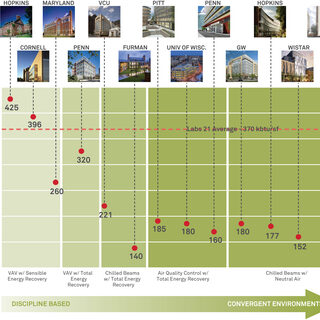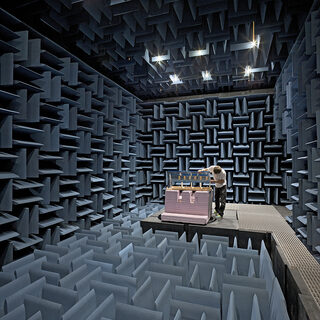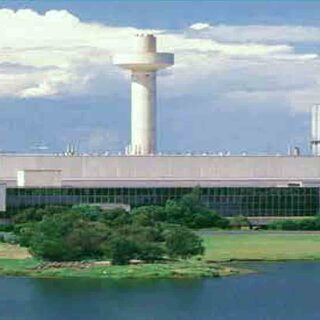Tradeline's industry reports are a must-read resource for those involved in facilities planning and management. Reports include management case studies, current and in-depth project profiles, and editorials on the latest facilities management issues.
Latest Reports
Mars Center for Science and Technology
The Mars Center for Science and Technology, Wheaton College’s largest-ever building project, creates a cornerstone of the College’s interdisciplinary curriculum called “Connections,” providing enhanced facilities for scientific research and study, as well as scholarly connections across the disciplines, where scientists and humanists co-teach courses to highlight the unique contributions of each discipline. The building, certified LEED Gold, also fulfills Wheaton’s commitment to sustainability.
Arbovirus Surveillance: Improving Practices, Saving Lives
The Coachella Valley Mosquito and Vector Control District is constructing a new BSL-3 laboratory, to be completed in March 2014, to reduce turnaround time on mosquito testing by bringing currently outsourced procedures in-house. The District is dedicated to arbovirus (arthropod-borne virus) surveillance, focusing on mosquito abundance, mosquito infections, and avian infections to target mosquito control in areas that are the most important to preventing disease transmission. By limiting mosquito control to selected areas, the District lowers expense, time, and labor, and minimizes harm to the environment.
The Current State and Projected Future of Research Facilities
The following is a condensed transcript of a panel discussion from Tradeline’s 2013 International Conference on Research Facilities. The panelists are William Gustafson, principal at Ballinger; Steven Frei, principal at Affiliated Engineers, and Michael Reagan, vice president of Stantec. The moderator is Steve Westfall, founder and CEO of Tradeline.
Measurement, Materials & Sustainable Environment Center
The Measurement, Materials & Sustainable Environment Center (M2SEC) at the University of Kansas School of Engineering is a 46,735-sf interdisciplinary engineering research facility focused on energy/transportation, global change, composite materials/technology, and sustainable building practices. Funded in part by a $12.3 million National Institute of Standards and Technology grant, the flexible research environments include:
Forward-Thinking Design Ensures Uninterrupted Operation of AAHL
The Australian Animal Health Laboratory (AAHL), a high-containment facility in Geelong, Victoria, has been operating 24/7 with no shutdowns, even for maintenance or upgrades, for nearly 30 years, thanks to the initial design, selection of materials, and quality of construction.
The AAHL—with BSL-2, BSL-3, and BSL-4 biocontainment areas—has an extensive redundant plant to ensure that critical systems, such as the air handling units, remain continually operational. The facility was one of the first in the world to use microprocessor control for all engineering systems.

